'Italian Style: Fashion & Film from Early Cinema to the Digital Age'
In conversation with Grazia D'Annunzio, the US Special Projects Editor of Vogue Italia, and David Forgacs of New York University, Casa Italiana Zerilli-Marimò welcomed Eugenia Paulicelli to present her most recent book— Italian Style: Fashion & Film from Early Cinema to the Digital Age.
Forgacs opened the evening and introduced Paulicelli to the crowd. The Italy native is a professor at Queens College and the Graduate Center, CUNY, where she founded the Fashion Studies Program. In addition to her three published books, she also writes the column “Fashionology” for La Voce di New York.
As Forgacs explained, this is the first in-depth, book-length study on fashion and Italian cinema from the silent film era to the present. Italian cinema launched Italian fashion to the world and Paulicelli tells the story of the launch. She explores the process of shaping and inventing an Italian style and fashion—like the French did, which ran parallel to the creation of an Italian national identity. By highlighting these intersections, as well as emphasizing the importance of craft in cinema, fashion, and costume design, the book aims to offer new visions of films by directors who have been central to the development of Made in Italy and Italian style.
Following Forgacs, Paulicelli took the podium and spoke about her inspirations before diving into a slideshow presentation with shots from iconic films and archived video clips. Afterwards, D’Annunzio probed her on certain topics ranging from how Rome functioned as the fashion capital before Milan to the recent developments in men’s fashion.
She began, “I started with this of idea of going more in-depth in post-war cinema, as David mentioned in the introduction, because that is when Italian fashion was launched to the world and became global, cinema and media too.” She continued, “I wanted to understand how fashion came to the floor and the construction of Italian national identity.” It was when she was doing her research and putting materials together that she realized she wanted to focus on contemporary clothes, not costumes.
Paulicelli's first two chapters are dedicated to the 1910s and the Italian divas from the time, like Lyda Borelli, Francesca Bertini, and Pina Menichelli, who swept across the big screen with their extraordinary style. “Italian cinema was really international and it was thanks to the Italian divas who were exporting these films all over,” she shared.
She projected the famous shot of Borelli in the opening scene of Rapsodia Satanica (1915) when she drapes a veil over her face. She also showed a clip from Ma l’amor mio non muore (1913), which showcased just one of Borelli's many dresses in the film, not to mention her hats on the border of the avant-garde. Like the majority of movie buffs, she loves these “diva films” for the expressiveness of body and clothing. “These films were amazing because you could really see the clothes and the exaggeration of the divas' poses while they walk. The stories itself were secondary, what you really see is a fashion show.”
In her studies, Paulicelli was interested to see the significant part accessories played, such as the shawl Bertini wears throughout Assunta Spina (1915). “The role accessories have in these films is just fantastic to see. They help create a new cinematic style. It was just not a parade of dresses. The divas was curating a body, performing, projecting these images and at the same time creating a new cinematic language.”
In her speech and in her book, she goes into further details about other divas like the aforementioned Menichelli, who played the femme fatale and was known for her decadent eroticism, for example, in Il fuoco (1916). She also talks about many directors, including Nino Oxilia, Mario Camerini, Alessandro Blasetti, Federico Fellini, Michelangelo Antonioni, Luchino Visconti and Paolo Sorrentino, as well as other film stars, such as Lucia Bosè, Monica Vitti, Marcello Mastroianni, and Toni Servillo.
Of the many things Paulicelli and D'Annunzio discussed, one was how the two films Contessa di Parma (1937) and I Grandi Magazzini (1939) analyze two different aspects of fashion during fascism but share many similarities. The first movie is based in a fashion house in Turin and the second is focused on the rise of the department store. D’Annunzio pointed out that in I Grandi Magazzini, “Ski outfits are extremely important and perceived as chic and upscale. Sport all of a sudden becomes aspirational.” This is particularly interesting today where we are seeing an extreme rise in active wear.
D’Annunzio also asked Paulicelli who chose what the divas wore, as Creative Directors and so forth were positions that did not exist back then. In fact, the Academy Awards did not create a category for Best Costume Design until 1948. Paulicelli admitted that back then there was little room in the budget for an on-site costume designer to provide ensembles. In such cases, actresses often looked to their personal wardrobes.
At 288 pages with a beautiful hardcover, her book has already received high acclaim. Stella Bruzzi, a professor at the University of Warwick, UK, said, “Paulicelli’s book is a tour de force of film and fashion scholarship, a beautifully written and authoritative exploration of Italian national identity that will appeal to a wide readership. In mapping out Italy’s rich cultural heritage from early twentieth century modernism, through the economic miracle years to the present day, this book sets out to do nothing less than define Italian style as embodied by the dialogue between fashion and film. That Italian Style achieves this is testament to its brilliance.”
The book is available both on the Bloomsbury Publishing website and Amazon.






























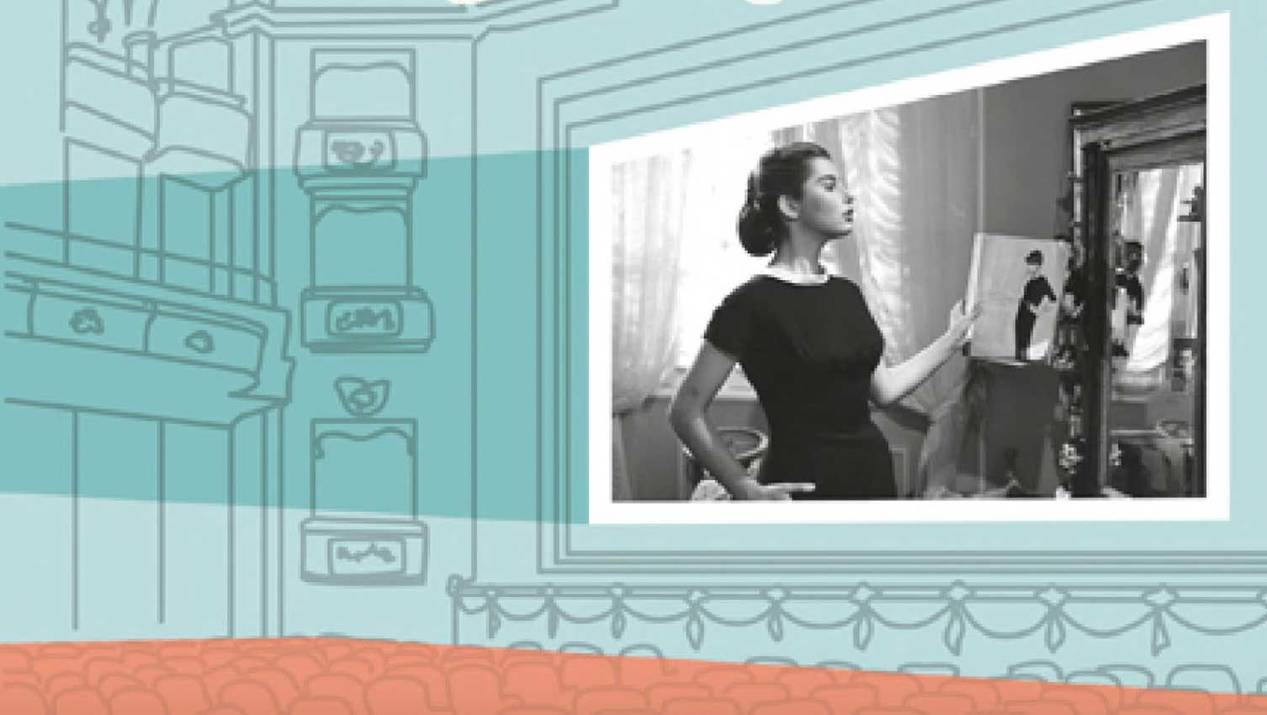
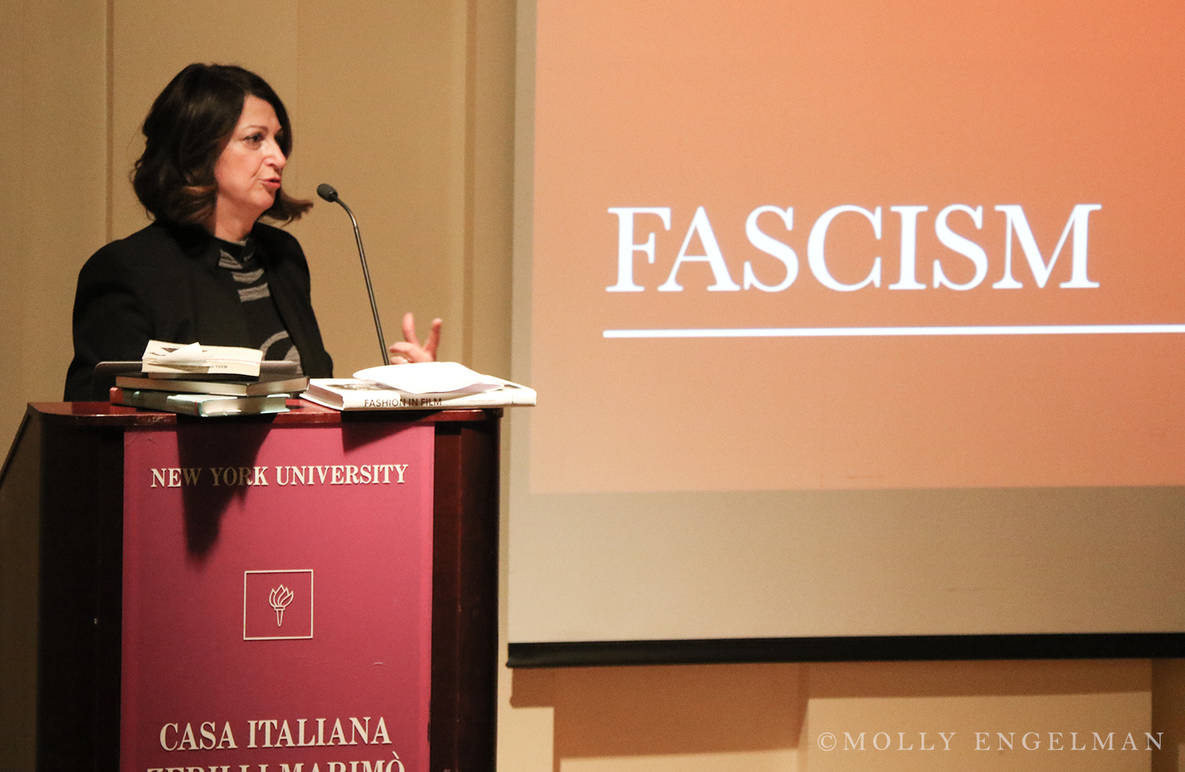
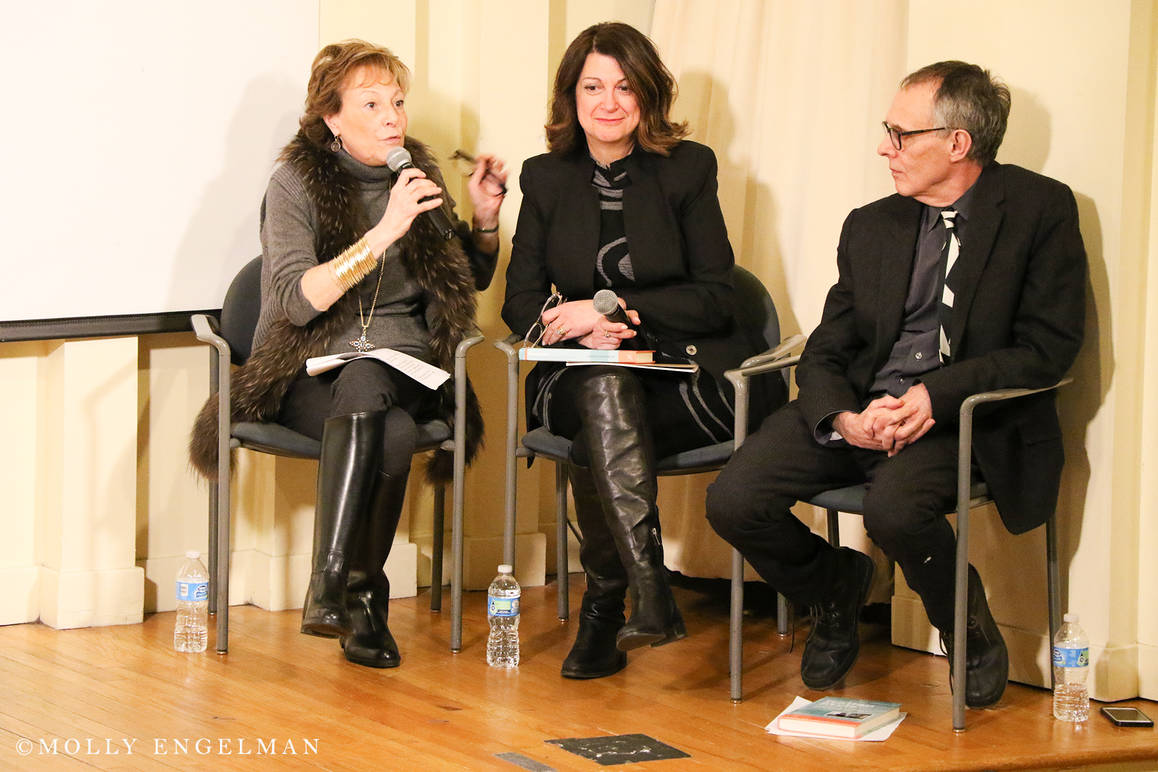
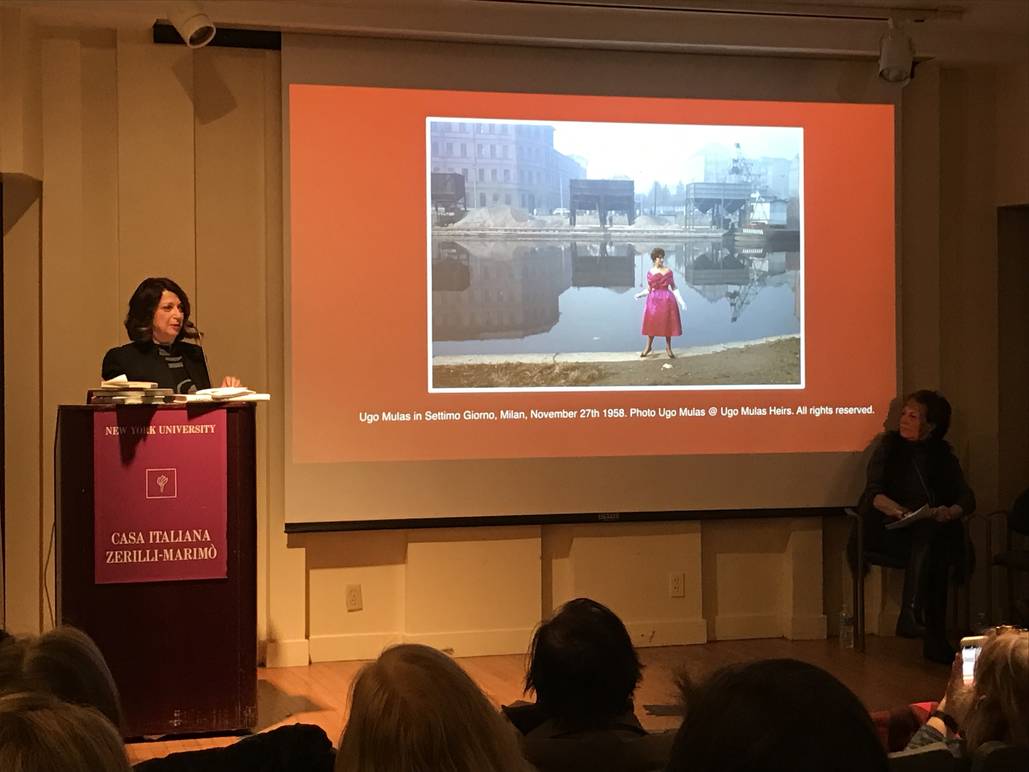
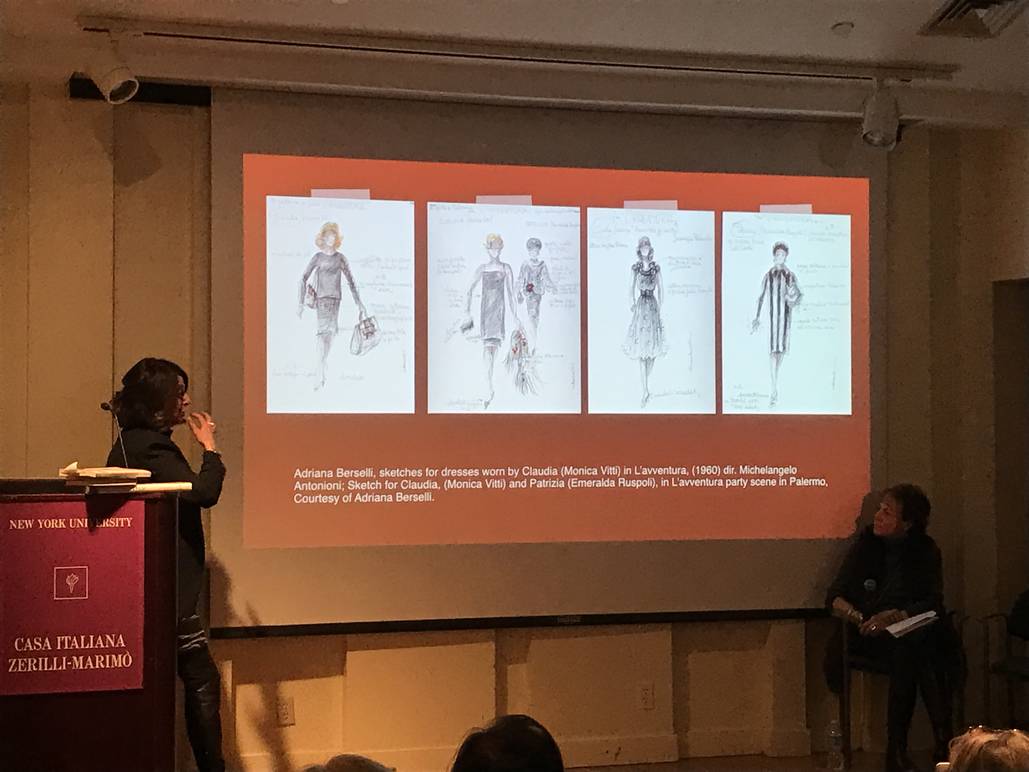







i-Italy
Facebook
Google+
This work may not be reproduced, in whole or in part, without prior written permission.
Questo lavoro non può essere riprodotto, in tutto o in parte, senza permesso scritto.